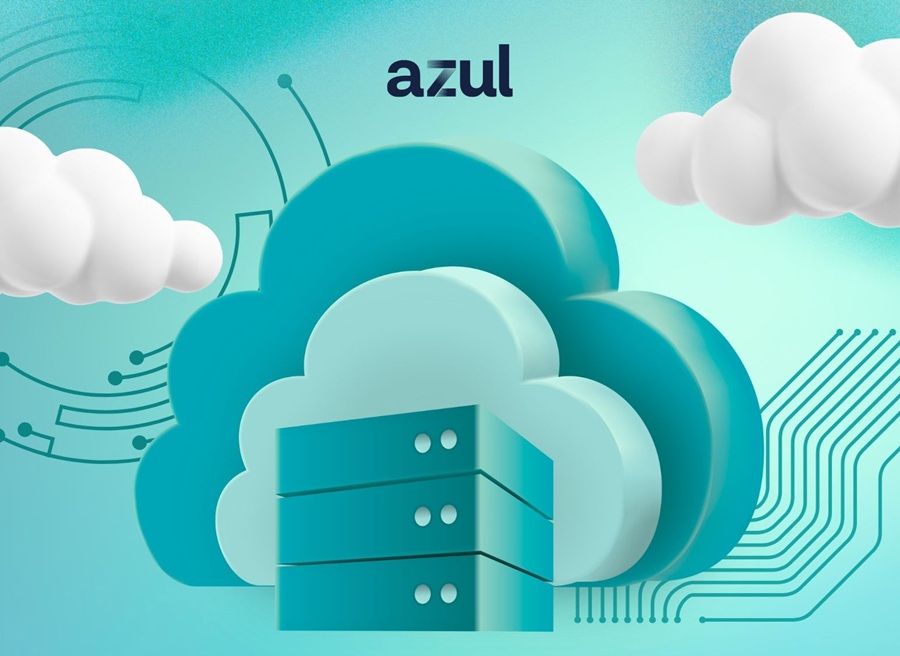vFunction has been selected as a vendor in the new Amazon Web Services (AWS) Independent Service Vendor (ISV) Workload Migration Program, a global initiative that provides enterprises with funded access to advanced modernization and migration technologies.
“As an AWS Partner, this represents a significant milestone in making enterprise cloud modernization more accessible and cost-effective. We’re honored to be selected for the program and look forward to supporting clients and our SI partners as they modernize on AWS,” said Moti Rafalin, CEO and co-founder at vFunction. “With vFunction, enterprises can gain deep visibility into their application architectures via architectural observability. This helps them fast-track their transformation to advanced cloud-native services and realize the benefits of improved scalability, resiliency, and operational efficiency.”
This program aims to accelerate organizations’ journey to the cloud by removing financial barriers to adopting cloud-native solutions on AWS. Through this initiative, qualified organizations gain access to vFunction’s architectural observability platform as part of AWS’ carefully curated suite of migration and modernization solutions.
With vFunction, enterprises can unlock the full potential of AWS services such as AWS Lambda, Amazon EKS, Amazon ECS, and AWS Fargate by transforming legacy monolithic systems into scalable, resilient cloud-native microservices. vFunction helps organizations visualize architectural complexity, reduce technical debt, and drive operational efficiency through use cases spanning Java and .NET modernization, VMware refactoring, and automated enterprise-wide application transformation. To maintain scalability and resilience post-modernization, vFunction automatically documents architecture, detects architectural drift, proactively manages dependencies, and enforces best practices to ensure ongoing governance of microservices architectures. These efforts allow vFunction to support the entire architecture lifecycle. The platform’s comprehensive insights guarantee applications are fully optimized for the cloud, resulting in faster migrations, improved agility, and reduced risk.
“As an AWS Partner and member of the ISV Workload Migration Program, vFunction helps enterprises tackle complex application modernization challenges and maximize their cloud investment,” said Samantha Cartwright, VP of strategic alliances at vFunction. “We’re excited to help pave the way for seamless AWS migration and operations in the cloud.”
Select ISV tools are made available at no cost to AWS customers and AWS Migration Competency and Managed Service Provider Partners to accelerate migration and modernization.
The Latest
IT and line-of-business teams are increasingly aligned in their efforts to close the data gap and drive greater collaboration to alleviate IT bottlenecks and offload growing demands on IT teams, according to The 2025 Automation Benchmark Report: Insights from IT Leaders on Enterprise Automation & the Future of AI-Driven Businesses from Jitterbit ...
A large majority (86%) of data management and AI decision makers cite protecting data privacy as a top concern, with 76% of respondents citing ROI on data privacy and AI initiatives across their organization, according to a new Harris Poll from Collibra ...
According to Gartner, Inc. the following six trends will shape the future of cloud over the next four years, ultimately resulting in new ways of working that are digital in nature and transformative in impact ...
2020 was the equivalent of a wedding with a top-shelf open bar. As businesses scrambled to adjust to remote work, digital transformation accelerated at breakneck speed. New software categories emerged overnight. Tech stacks ballooned with all sorts of SaaS apps solving ALL the problems — often with little oversight or long-term integration planning, and yes frequently a lot of duplicated functionality ... But now the music's faded. The lights are on. Everyone from the CIO to the CFO is checking the bill. Welcome to the Great SaaS Hangover ...
Regardless of OpenShift being a scalable and flexible software, it can be a pain to monitor since complete visibility into the underlying operations is not guaranteed ... To effectively monitor an OpenShift environment, IT administrators should focus on these five key elements and their associated metrics ...
An overwhelming majority of IT leaders (95%) believe the upcoming wave of AI-powered digital transformation is set to be the most impactful and intensive seen thus far, according to The Science of Productivity: AI, Adoption, And Employee Experience, a new report from Nexthink ...
Overall outage frequency and the general level of reported severity continue to decline, according to the Outage Analysis 2025 from Uptime Institute. However, cyber security incidents are on the rise and often have severe, lasting impacts ...
In March, New Relic published the State of Observability for Media and Entertainment Report to share insights, data, and analysis into the adoption and business value of observability across the media and entertainment industry. Here are six key takeaways from the report ...
Regardless of their scale, business decisions often take time, effort, and a lot of back-and-forth discussion to reach any sort of actionable conclusion ... Any means of streamlining this process and getting from complex problems to optimal solutions more efficiently and reliably is key. How can organizations optimize their decision-making to save time and reduce excess effort from those involved? ...
As enterprises accelerate their cloud adoption strategies, CIOs are routinely exceeding their cloud budgets — a concern that's about to face additional pressure from an unexpected direction: uncertainty over semiconductor tariffs. The CIO Cloud Trends Survey & Report from Azul reveals the extent continued cloud investment despite cost overruns, and how organizations are attempting to bring spending under control ...

